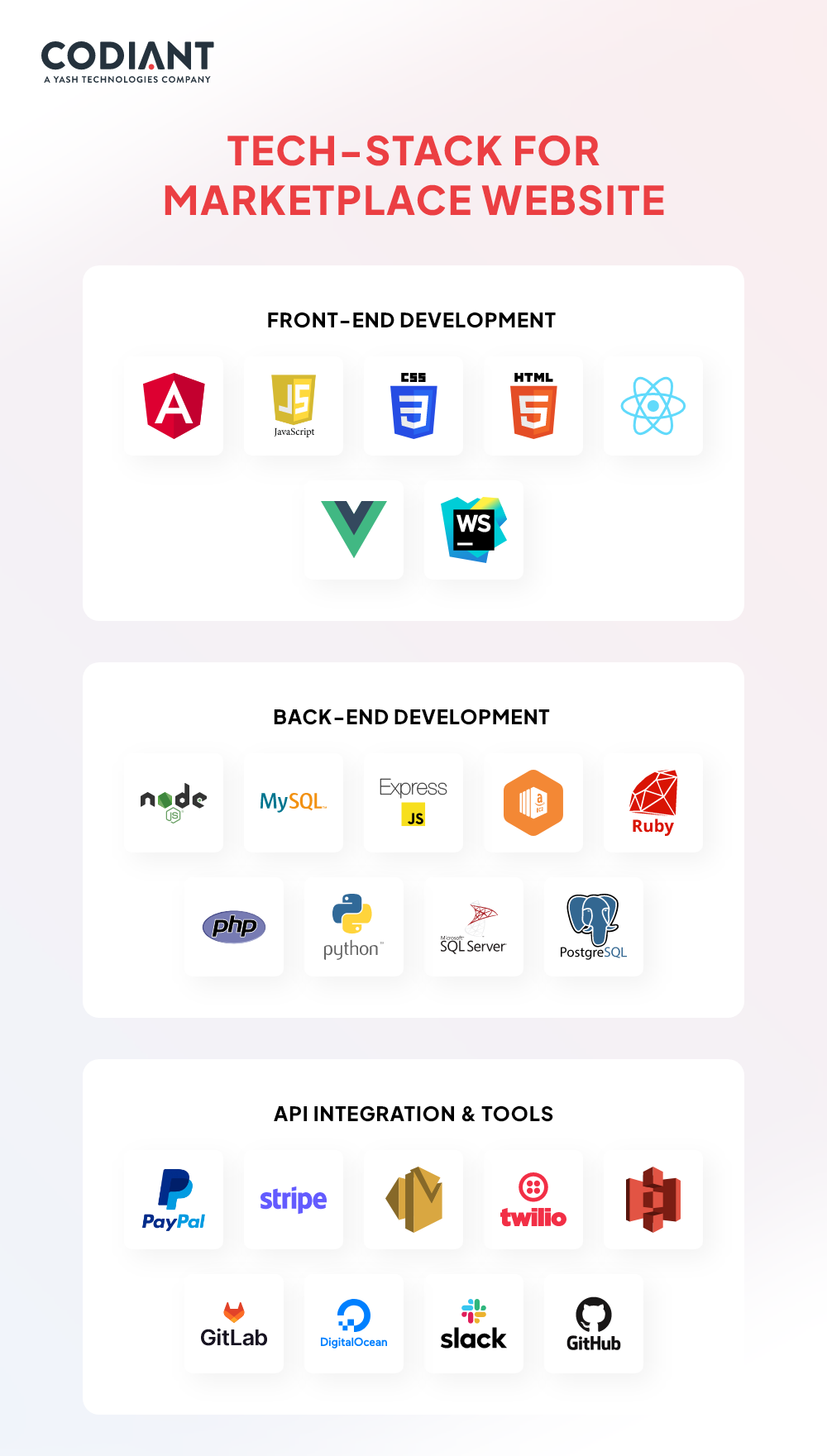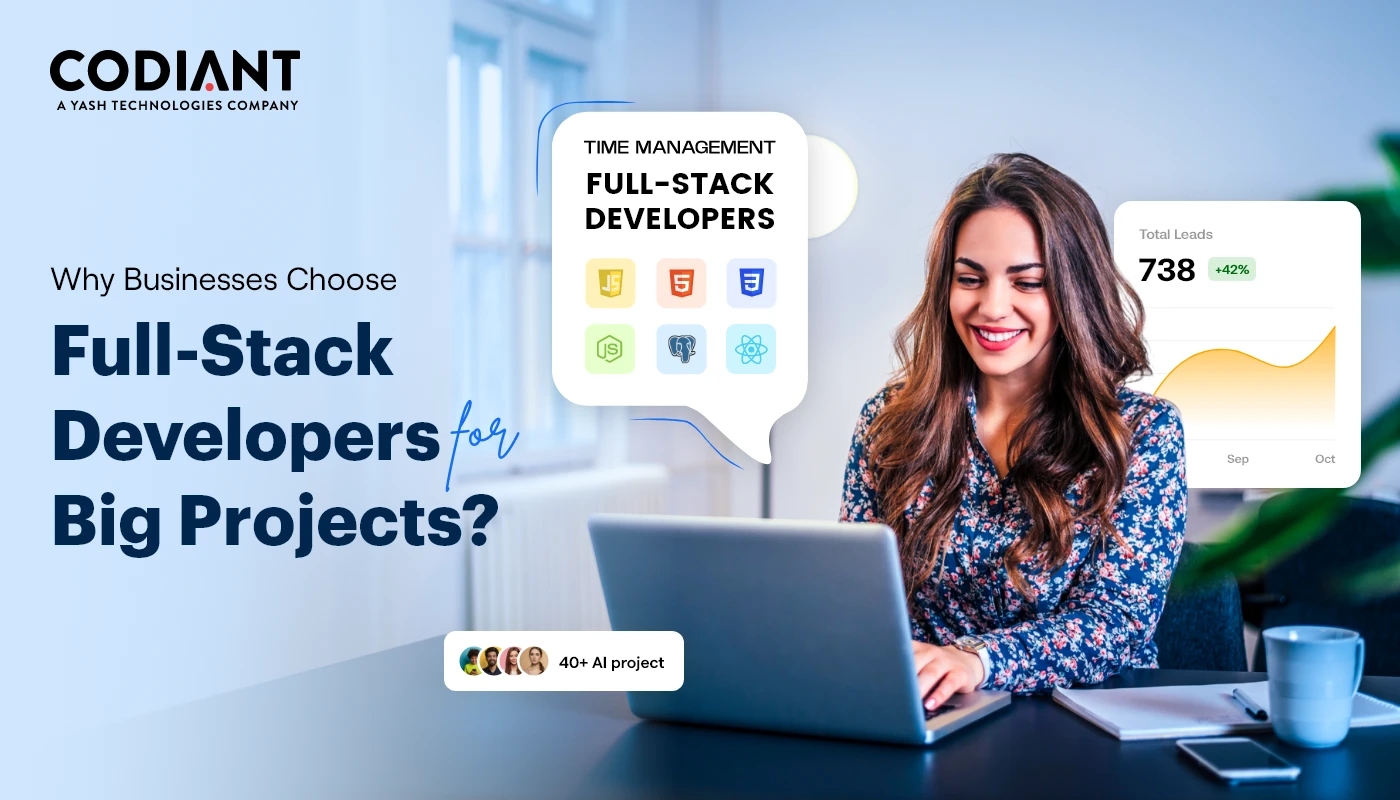How Much Does It Cost To Build An Online Marketplace Website in 2023?
Table of Contents
Subscribe To Our Newsletter

Online marketplaces are on the rise and are supporting a slew of businesses to generate revenue swiftly.
Some of the well-known marketplaces, like Amazon, eBay and others are making the business industry more lucrative for new entrants.
But for these new entrants, there is always a question lingering– how much does it cost to build an online marketplace in 2023?
Evidently, development demands a number of services and resources that demands a sizeable expense.
So, if you’re a new business entrant looking to foray into this diverse marketplace and vying to learn about the development cost of an online marketplace website along with other details, then this guide is for you!
The Concept of an Online Marketplace Site
An online marketplace is a platform termed as an e-Commerce website that connects multiple buyers and sellers on a single site.
These marketplaces take care of all the transactional management, including digital and cash payment modes.
Small companies or retailers can easily avail of digital marketplace services to reach a wider customer instantly and boost their business returns. Some renowned examples of digital marketplace sites are Amazon, eBay, Flipkart, Craigslist, and more.
The online marketplaces are majorly categorized into two sections;
- E-commerce Marketplace: The process of buying and selling in the digital mode, is usually referred to as E-commerce marketplaces. These digital spaces usually deal in physical products only, ranging from clothes to food.
- Service-based Marketplace: The marketplaces that explicitly deals in offering services to the customers, such as painter, plumbers, electrician, professional photographers, and many more.
Classification of Online Web Marketplaces: By Business Model

Before heading to the detailing of the marketplace development cost, firstly, you need to identify how your platform will work. Based on your business model you can identify and integrate the right monetization model and strategies respectively. The marketplaces are classified into 3 sections under business model i.e.,
1. Vertical Marketplace
The vertical marketplaces used to sell multiple products from various sellers, but all these products align under the same category/type. Interestingly, these marketplaces not only deal with physical products but rather services as well.
For example, the Car buying and selling platform i.e., CARS24 deals in tangible products, are of a single type and thus is categorized as a Vertical marketplace. Similarly, Airbnb deals in a single type of service delivery i.e., hospitality.
2. Horizontal Marketplaces
The horizontal marketplaces sell products from multiple different categories, despite that these products are linked over a common factor. On these types of platforms, the customer can explore products and services both, but these could be from different categories.
For example, on Etsy, where customers can find a variety of products but all are handmade products.
3. Global Marketplaces
The global marketplaces deal with almost an unlimited section of products and services. These platforms are not limited to any specific category or product type. Their business presence can also be widespread globally and can cater to a wider section of shoppers/users.
For example, on eBay, where customers can explore a diverse range of products and services regardless of any specific category.
Tech Stack To Create A Marketplace Website

Prior to defining the overall development cost of an online marketplace website, it is important to identify suitable tech stacks based on the required features and functionalities.
Tech stack constitutes a significant part of development costs, thus intelligent and right selection of technologies and tools is crucial. For that, you require an expert development team or a web development company to do so with much-needed precision.
Additionally, it is recommended to build an MVP initially, to be on the safe side by integrating essential and basic features. After the product’s acceptance in the market, you can scale it up to a full-fledged online marketplace web solution.
Front-end Development
The front-end is the client side of any website or app i.e., whatever you see on a site, like buttons, animations, links, etc. are built by the front-end developers. The front-end developers are the responsible source to understand the client’s vision and design concept and implement it through their art of coding.
The tools and technologies that are used for the front-end designing of the custom market development are;
- Angular
- JavaScript
- CSS3
- HTML5
- React
- JS
- WebStorm, etc.
Back-end Development
The back-end is the server side of any website or app i.e., whatever actions are performed to get the desired results require some operations or processes to be performed. These operations are the back-end that is taken care of behind the scenes of the website or an app, which a user can’t see.
The tools and technologies used for the back-end of the custom marketplace development are;
- JS
- MySQL
- Express 4
- EC2
- Ruby
- PHP
- Python
- SQL Server
- PostgreSQL, etc.
API Integration Tools
To integrate a variety of solutions into the product we usually use third-party tools/services to fasten the development process. The API integration method allows developers to link multiple applications with the marketplace and streamline the platform working. Some of the common tools integrated into several platforms or apps are;
- Paypal
- Stripe
- Amazon SES
- Twilio
- AWS S3
- GitLab
- DigitalOcean
- Slack
- GitHub, etc.
Core Features of A Marketplace Web Development
Apart from technology, the number of features and functionality integrated into an application or website defines its development cost. The Custom marketplace development is a combination of three stakeholders i.e., Buyer (End-user), Seller/Vendor, and Admin Panel.
Must-have Features of the Buyer (end-users) Includes:
- Registration/Authorization
- Personal profile management
- Client support for connecting with sellers
- Product/Services Listing
- Easy search and filter options
- Shopping Cart
- Reviews and Testimonials
- Payment integration functionality
- Track Order
- Real-Time Push Notification
- Detailed order history
- Automated follow-up emails
- Recently viewed products
Required Features for the Seller/Vendor Panel Includes:
- Registration and Log-In and Social Connect
- Seller/Vendor Dashboard and shop URLs
- Stock management
- In-app chat
- Order management
- Transaction management
- Ads management
- Offers, Promotions & Discounts
- Reports & Analytics
- Real-time Notification
Must-have Features for Admin Panel Includes:
- Sign up and log in
- Dashboard
- User management
- Seller management
- Track orders & deliveries
- Analytics & Reports
- Stock visibility & management
- Real-time updates
- Payment & Refund management
- Commission management
- Category & sub-category management
- Filtering management
- Invoicing management
- Tax management
Advanced Features of a Marketplace Website and App
The advanced features demand additional and comparatively high expense to build, however, it also helps to generate revenue as well.
- Wishlist
- Reviews & Rating Products
- In-app chat with the vendor
- Customer Support
- Notifications
- Personalized Recommendation
- Email Support Integration
- Product Comparison
- Product link sharing
- Voice Search
- AR-enabled virtual try-on
Cost To Build An Online Marketplace Website
It is quite complicated to calculate the exact cost to build a custom marketplace website or application because it relies on various influential factors.
However, based on these functions we can define the average or a range of development factors to determine the overall development cost.
Basically, we are going to calculate the development charges on three main factors i.e., Wireframing, Designing, and Development.
Wireframing Cost of a Custom Marketplace Development
Wireframing is the designing process of a website or an app that depicts the rough diagrammatic representation of the platform’s flow. It provides the basic idea of the functioning of all the involved stakeholders the developers and the clients.
The wireframing cost of an online marketplace development cost around $500 to $12,000 or more.
Designing Cost of A Custom Marketplace Development
UI/UX designing is the essence of a website and mobile app, which defines its success or failure in the market. Hence, the design should be attractive and meaningful and grab customer’s/visitor’s attention. GUI design and flexibility are the major factors that ensure the platform’s acceptance among visitors and in the market.
To design an appealing and user-friendly design for an app and web marketplace would cost around $5,000 to $10,000 or more.
Development Cost of An App & Web Marketplace
The development of a platform demonstrates the physical shape and appearance of a marketplace which requires front-end and back-end developers and various other resources together to deliver the right solution.
The overall development charges of a web marketplace rely on the number of integrated functionalities and features and the size of resources that are required to deliver the results in the form of a website, a mobile app, or both.
Considering features, functionalities, and the development team size the cost to develop a custom marketplace ranges somewhere around $45,000 to $100,000 or more.
Note: The development cost of a marketplace also gets influenced by the country/location from where the developers or the development company belongs to.
Development Charges of Different Countries on an Hourly Basis
- US based companies- $80 to $200 per hour
- Eastern-Europe based companies- $30 to $150 per hour
- Central-Europe based companies- $20 to $80 per hour
- Australia based companies- $70 to $150 per hour
- India based companies- $20 to $80 per hour
What Factors Influence Custom Marketplace Development Cost?
- Development Approach i.e. building product from scratch or working on existing solution.
- Complexity and number of functionalities integrated
- Hourly development charges
- Location of the development service provider
- Size and complexity of the online marketplace development
- Number of 3rd party tools and APIs integrated
- Integration of advanced technologies
- Design and Development team experience and size
- Tech-stack and databases used
- Cloud database integration
- Quality of security and authorization
- Assigned timeline or deadline for the product development, and many more.
Final Words
The rising dependence on the internet and home-based services are defining the future of the marketplace globally and setting an eclectic platform for E-commerce and on-demand services.
Considering the ongoing scenario, it could be a feasible time to present an intelligently designed and well-conceived on-demand marketplace to serve customers’ needs and increase your brand ROI.
However, developing a feature-rich online marketplace website or app cost may vary due to various reasons, as mentioned above.
So, to develop a well-equipped and fully-functional platform you require experts with profound knowledge in the area of marketplace site development.
In this respect, Codiant can be your expert hand in building the resolution for your business idea or rejuvenating the existing market platform to a great extent.
For more details and project discussion, you can connect with our experts, and here you can have a brief about our previous projects.
Frequently Asked Questions
An online marketplace website is a platform where multiple sellers can list and sell their products or services to buyers.
A payment gateway is a merchant service that processes credit card payments for e-commerce websites.
Scalability refers to a website’s ability to handle growth in users, transactions, and data without compromising performance.
User authentication is the process of verifying the identity of users accessing the marketplace, typically through login credentials.
A commission model is a revenue structure where the marketplace takes a percentage of each sale made on the platform.
Featured Blogs
Read our thoughts and insights on the latest tech and business trends
Top Reasons Why Healthcare Providers Need Mobile Apps Today
- October 27, 2025
- Healthcare
If you’ve been to a clinic lately, you might have noticed something new-paper forms are almost gone and screens are everywhere. From booking doctor visits online to checking your recovery updates on your phone mobile... Read more
Which is Better for Your Business in 2025- Chatbots or Conversational AI?
- October 22, 2025
- Artificial Intelligence
In a Nutshell: Chatbots = Simple & Fast- Great for FAQs, appointment bookings & routine customer support. Conversational AI = Smart & Scalable- Uses NLP and machine learning to understand context, personalize replies & handle... Read more
Why Hiring Full-Stack Developers Makes More Sense for Complex Projects
- October 17, 2025
- Staff Augmentation
Let’s start with the obvious- software projects are messy. They never roll out like those neat diagrams in pitch decks where every arrow points forward and nothing breaks. Complex projects - think SaaS platforms, enterprise... Read more




